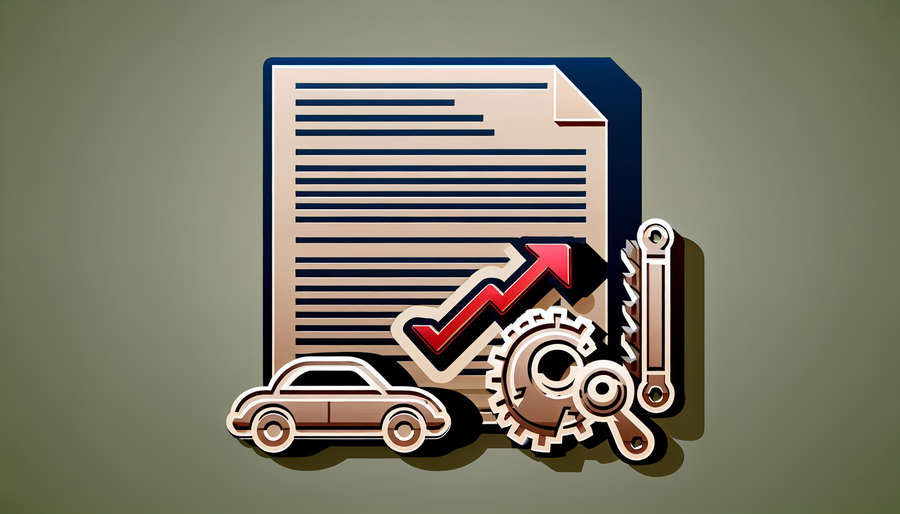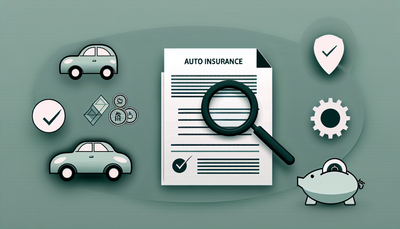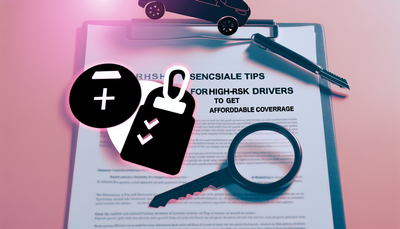Your Guide to Rebuilding Your Driving Record and Lowering Insurance Costs

Your Guide to Rebuilding Your Driving Record and Lowering Insurance Costs
Life happens — and sometimes it leaves a mark on your driving record. Whether it's due to past accidents, traffic violations, or even a DUI, being labeled a high-risk driver can feel overwhelming. But here's the good news: with dedication and smart strategies, you can rebuild your driving record and lower those sky-high insurance costs. Ready to turn things around? Let's dive in.
Understanding High-Risk Driver Status
High-risk drivers are individuals whom insurance companies perceive as more likely to file a claim. This categorization can stem from various factors like multiple speeding tickets, at-fault accidents, or a history of serious violations.
Common Reasons Why Drivers Are Considered High-Risk:
- Multiple traffic violations
- DUI or DWI convictions
- At-fault accidents
- Poor credit history (in some states)
- Lapses in auto insurance coverage
Being classified as high-risk typically means higher insurance premiums. But don't worry — this status isn't permanent.
Steps for Driving Record Improvement
1. Practice Safe Driving Habits
The most effective way to clean up your record is by driving safely. Follow all traffic laws, avoid distractions, and stay defensive on the road.
2. Attend Defensive Driving Courses
Many states offer defensive driving courses that can help reduce points on your record. Completing a certified course can also earn you insurance discounts.
3. Monitor Your Driving Record
Request a copy of your driving record regularly. Knowing what's on it allows you to dispute any inaccuracies and keep tabs on your progress.
4. Fulfill All Legal Obligations
If you have outstanding tickets, court dates, or mandated programs, satisfy them promptly. Leaving obligations unresolved can further damage your record.
Strategies for Lowering Insurance Costs
1. Shop Around for Better Rates
Different insurance companies assess risk differently. Obtain quotes from multiple providers to find the best deal tailored to high-risk drivers.
2. Opt for High-Risk Auto Insurance
Some insurers specialize in offering policies to high-risk drivers. These can sometimes be more affordable than standard options.
3. Increase Your Deductible
Choosing a higher deductible can lower your monthly premiums. Just ensure you can comfortably pay the deductible if an accident occurs.
4. Bundle Insurance Policies
Combining your auto insurance with other types of insurance (like home or renters) can lead to significant discounts.
5. Maintain Continuous Coverage
Avoid lapses in your insurance policy. Continuous coverage proves responsibility, which can gradually lower your rates over time.
Building a New Road Ahead
Changing your driving status from high-risk to low-risk isn't instant, but with commitment and the right approach, it’s achievable. Focus on safe driving, stay informed, and actively seek opportunities for improvement and savings. Over time, you'll not only see your driving record shine brighter but also enjoy the financial relief of lower insurance costs.
Remember: every safe mile you drive is a step closer to reclaiming your freedom on the open road.
Ready to take control of your future behind the wheel? Start applying these tips today and watch your driving record — and your confidence — soar!








